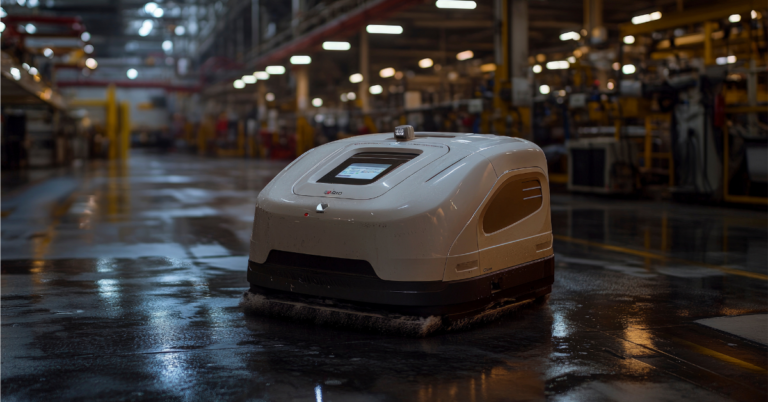The primary goal of the Formant platform has always been to simplify and streamline fleet observability and management of your robotic devices. To better meet those goals, we are constantly refreshing and refining our platform in a variety of ways, both big and small.
Define and assign your fleet into groups
Our latest update leans more towards the latter, consisting of a complete overhaul of the central, fleet Overview interface. With these changes, we’ve made it significantly easier to “slice and dice” your robotic fleet into distinct, user-defined groups. Formant users have always been able to break down their fleets into what are essentially sub-groups. However, it was done in a somewhat indirect way (namely, through the use of key: value pairs, or tags). With our latest release, we’ve streamlined that grouping process into a much more robust and user-friendly interface.

With this new and improved interface, users can easily organize their fleet into discrete, customizable groups, allowing them to visualize and monitor their machines in novel and dynamic ways. What’s more, users can assign an individual machine to multiple groups at once, creating a kind of taxonomy by which to better organize and manage their robotic fleet.
Given the near-limitless diversity of robotic applications and use cases, we’ve also given users the ability to create groups with their own, customizable titles and parameters. For example, many of our customers sell different models to address different aspects of a job. An agricultural company, for instance, may have different types of robots to pick different types of vegetables or one type of robot that collects & analyses soil samples and another that allocates fertilizer. Whatever the type, model or attribute may be, the user can now organize and monitor their operations according to their criteria. That way, an engineer can quickly determine whether an issue is unique to a single machine, a particular model or all models.

Alternatively, a business may want to zero in on a single customer’s operations. This way they can analyze performance over time and resolve any deployment-specific issues proactively — before the customer is even aware that there’s a problem. The impact this can have on customer satisfaction and retention couldn’t be overstated. And again, robots can belong to multiple groups at once, meaning that the same agricultural business can zoom in on only the fertilization machines being used by that customer.
As mentioned earlier, the grouping function is also highly dynamic. Imagine, for instance, a business has robots deployed to a specific warehouse. With this new interface, that business can group their fleet by warehouse location. Now, if robot no. 0427 needs to be moved from warehouse 4 to warehouse 5, they can be reassigned automatically using our APIs or two clicks on our web interface. This allows for high-precision, real-time observation of one’s fleet. And it does so in an extremely user-friendly, visually intuitive fashion. Which brings us to the other side of this new release: the significantly improved UI.
Customize your command center
Our updated overview interface consists of both a map view and a list view alongside device cards. Both views are in near real-time. Users can also sort their device list based on the specific streams that they have chosen or filter their fleet by specific groups.

Whether it be mission status, or real-time field conditions, users can now sort and re-sort their fleet in virtually any way they please — and they can do so quickly, easily, and intuitively. These new capabilities turn Formant’s overview interface into a true central command center, from which users can manage their fleet in a much more efficient and intelligent manner. And no matter how many robots one has in their fleet, the platform is designed to seamlessly scale with one’s operations and optimize fleet observability.
Already a Formant user, check out the help docs for more information on setting up and customizing your groups.
Explore how Formant can assist you in fleet observability and management.
Want to see Formant in action, request a demo.



